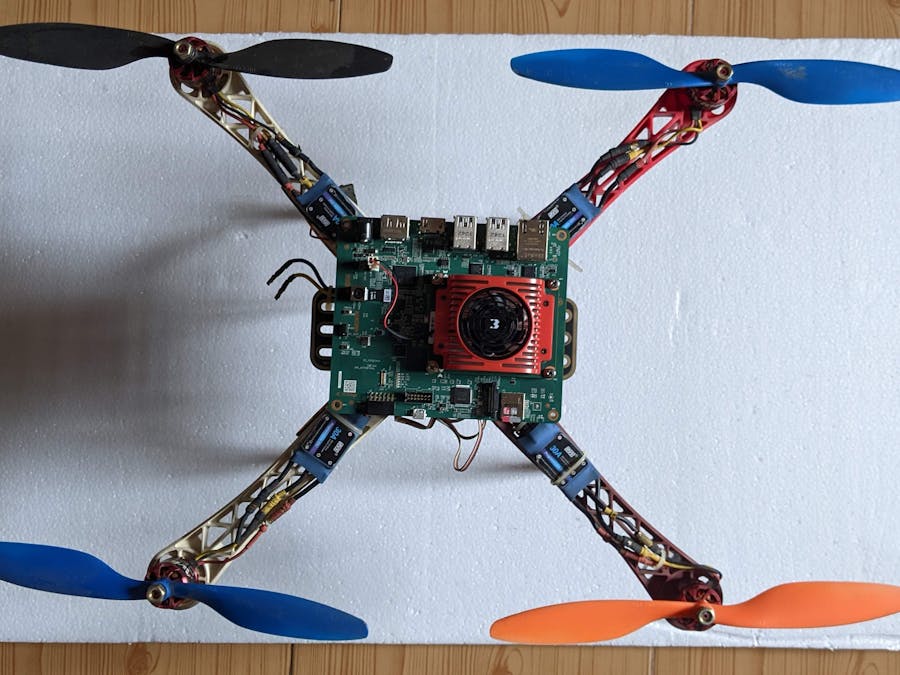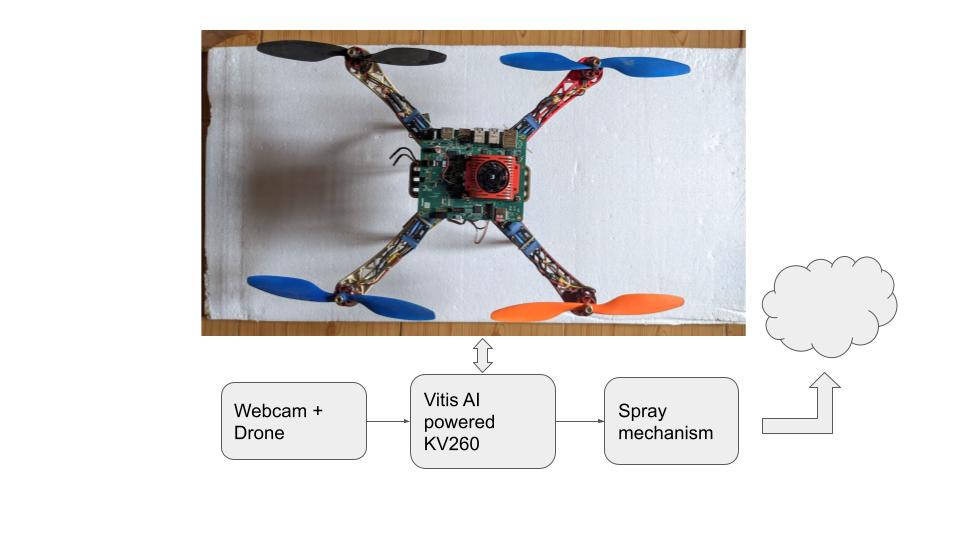Agriculture is the backbone of the world economy because everyone needs food to eat at the end of the day. But due to recent changes in the weather and soil quality due to the use of chemical fertilizers and pollution the crops are getting attacked by new diseases every year.
If a disease spreads to farmland it can destroy the yield in days thereby leaving nothing to the farmer. Even though there are pesticides for different types of crops, heavy use of pesticides can make the crop nothing but slow poison. Pesticides secrete into soils and groundwater which can end up in drinking water, and pesticide spray can drift and pollute the air.
The effects of pesticides on human health depend on the toxicity of the chemical and the length and magnitude of exposure.
Changes in agricultural practices and clearing land for farming are often associated with outbreaks of debilitating disease. These include Guinea worm infestation, schistosomiasis, and malaria, which infect 10 million, 200 million, and almost 300 million people every year, respectively. Other illnesses transmitted via a contaminated water system include dengue, filaria, and African river snail disease (up to 60 million, 90 million, and 20 million infected annually).
So in this project with the help of machine vision and AI I would like to build a drone prototype that can help us to identify affected areas in crops and spray pesticides to only that particular region thereby saving pesticides and also nature.
Get started:
Step 1: Gather all the partsFor this project, I'm using my prebuilt drone which can lift a payload of up to 1.5KG
1. F450 Quadcopter
2. Kria KV260
3. Power supply
4. Logitech 720p webcam
5. Li-Po batteries
6. Spray mechanism
Step 2: Setting up KV260There are plenty of tutorials available on this so I won't go again on this.
We will be directly going ahead with the Kria app on the AppStore i.e with the defect detection application.
In the above example, the object used is mango and we will be using the same for an initial test later we will use the different plants for pest infestation detection.
Why did we choose a quadcopter and not any other ground robot or a fixed-wing robot?
Agility. This prime feature of the quadcopter helps it to manoeuvre quickly and also can stay at a particular point in a space this helps us to capture high-quality images and do actions such as plucking and spraying etc.
Why Edge AI and not Cloud-based AI?
Resources:
1. https://www.news-medical.net/health/How-Does-the-Health-of-Our-Planet-Affect-Our-Own-Health.aspx














Comments
Please log in or sign up to comment.